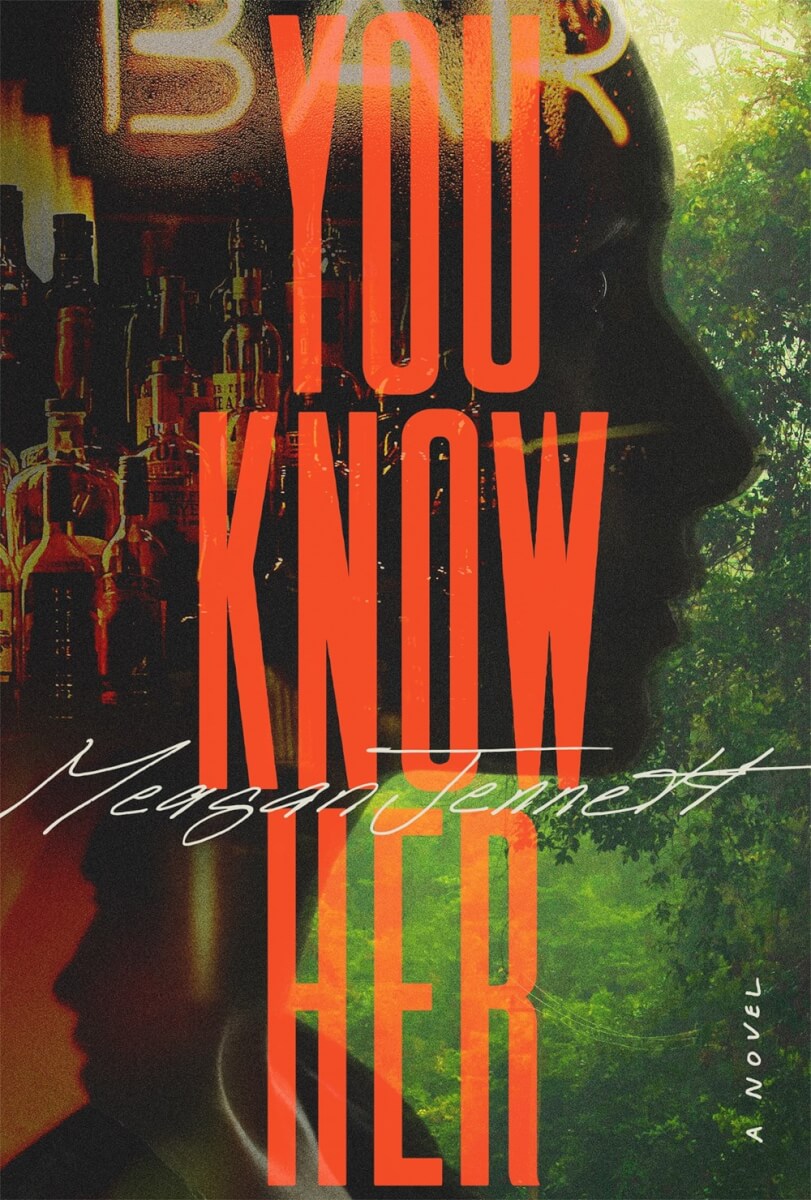A Refiner’s Fire
Hard to believe though it may be, Commissario Guido Brunetti has survived 32 hair-raising adventures thus far, and is back for number 33 in Donna Leon’s sophisticated police procedural series set in Venice, Italy. As A Refiner’s Fire opens, members of two rival gangs have been herded into the police station following a late-night dust-up in a town square. One by one, the parents of the teenagers pick up their unruly offspring until only one boy is left. Orlando Monforte explains to Commissario Claudia Griffoni that his father never answers his phone when sleeping. In the interest of expediency, Griffoni decides to accompany the boy home; it is a decision that will come back to bite her. Meanwhile, Brunetti has been tasked with the vetting of one Dario Monforte, a onetime hero of the Carabinieri, the Italian military police, and, coincidentally, the father of the aforementioned Orlando. As his investigation proceeds, Brunetti is troubled by the ambiguities of Monforte’s supposed heroism, most particularly by the fact that he never received any sort of medal or commendation, seemingly because he was under investigation for antiquities theft. Tangentially, Brunetti’s friend and co-worker Enzo Bocchese, a collector of antiquities, is badly beaten and his collection is vandalized, likely by a particularly nasty gang member who lives in his building. The cases begin to dovetail as Brunetti and Griffoni uncover disturbing connections to the highest levels of the government. The grand finale is truly inspired, explosive in every sense of the word and perhaps the best of Leon’s long career.
★ The Night of Baba Yaga
The Night of Baba Yaga, the English language debut of Japanese writer Akira Otani, features all the elements you could hope for from a crime thriller set in the Land of the Rising Sun: a heroine spiritually descended from samurai stock; two pairs of lovers on the run; a beautiful and spoiled young woman treated like a hothouse flower by her doting father; and a yakuza presence that is gloriously, gratuitously violent, well beyond the traditional chopping off of a pinky finger for perceived insubordination. Both the dialogue and the prose, translated by Sam Bett, are staccato and to the point; there are no wasted words. In that regard, the story is very akin to Japanese illustrated novels (only without the illustrations, which would almost certainly be too graphic for Western sensibilities). Baba Yaga, for those of you unfamiliar with her, is a legendary Russian witch who lives in the forest, in a house built on gigantic chicken legs that would raise and lower upon her command. She is noted for her cruelty, her rather bizarre sense of humor and her occasional kindness to those who are pure of heart, few though they may be. She figures strongly in Otani’s narrative, which is nicely done, indeed.
Think Twice
When the feds pay a visit to sports agent Myron Bolitar, he is more than a little surprised by the reason: They want to know the whereabouts of Myron’s nemesis-turned-friend, former basketball star Greg Downing. Problem is, Greg Downing has been dead for three years; Myron delivered the eulogy. The second problem is that Downing’s DNA has been found under the fingernails of someone who was just murdered, so now Myron is a person of interest in the investigation. Think Twice is the 12th installment of Harlan Coben’s popular series featuring Myron and his uber-wealthy and mysterious sidekick, Windsor Horne Lockwood III (aka “Win”), and the mystery is much more than a possible case of a faked death. The authorities suspect that the recent murder was but one of a series of homicides all perpetrated by the same person, a serial killer who then artfully and seamlessly framed someone close to the victim. The difference with this latest case is that the perp apparently got a bit sloppy and left DNA at the scene: Greg Downing’s DNA. And now the FBI is closing in on Downing (who may indeed be dead) and his known associates. First-person accounts by the as-yet-unidentified murderer appear here and there throughout the narrative, with “How I did it” details that are both inventive and jarring. Cool story, cool characters, tasty twist ending. What’s not to like?
Like Mother, Like Daughter
Anyone who ever had issues with a controlling and overprotective mother will empathize with Cleo, and anyone who ever had issues with a rebellious teenage daughter will certainly empathize with Cleo’s mother, Kat. But their fraught relationship is about to change in ways neither could predict, within pages of the opening of Kimberly McCreight’s new thriller, Like Mother, Like Daughter. It’s been a while since they met; they’re not exactly estranged, but are nonetheless distant. Kat has extended an olive branch, however, in the form of a homemade dinner and a promise not to be contentious. But when Cleo arrives, Kat is nowhere to be found. Food is burning on the stovetop and in the oven, and a bloody canvas shoe suggests foul play of some sort. Chapters alternate between Kat’s and Cleo’s perspectives, sometimes in flashback to each of their childhoods, but more often cutting back to the week leading up to Cleo’s discovery that her mom has gone missing, and then moving through the investigation. We learn that Kat’s law firm job was quite a bit more convoluted than she lets on, that Cleo was a part-time drug courier, that several million dollars have mysteriously gone missing from Kat’s bank account, and that Cleo’s exceptionally bad choices in lovers threaten to bring things to a very unpleasant denouement. And we also learn that Kat’s rigidity has at times been tempered by a dangerous rebellious streak, while Cleo’s fierce individuality can be overshadowed by an equally fierce protective urge, given the right circumstances. Like Mother, Like Daughter is intense, thought-provoking and completely unputdownable.

















